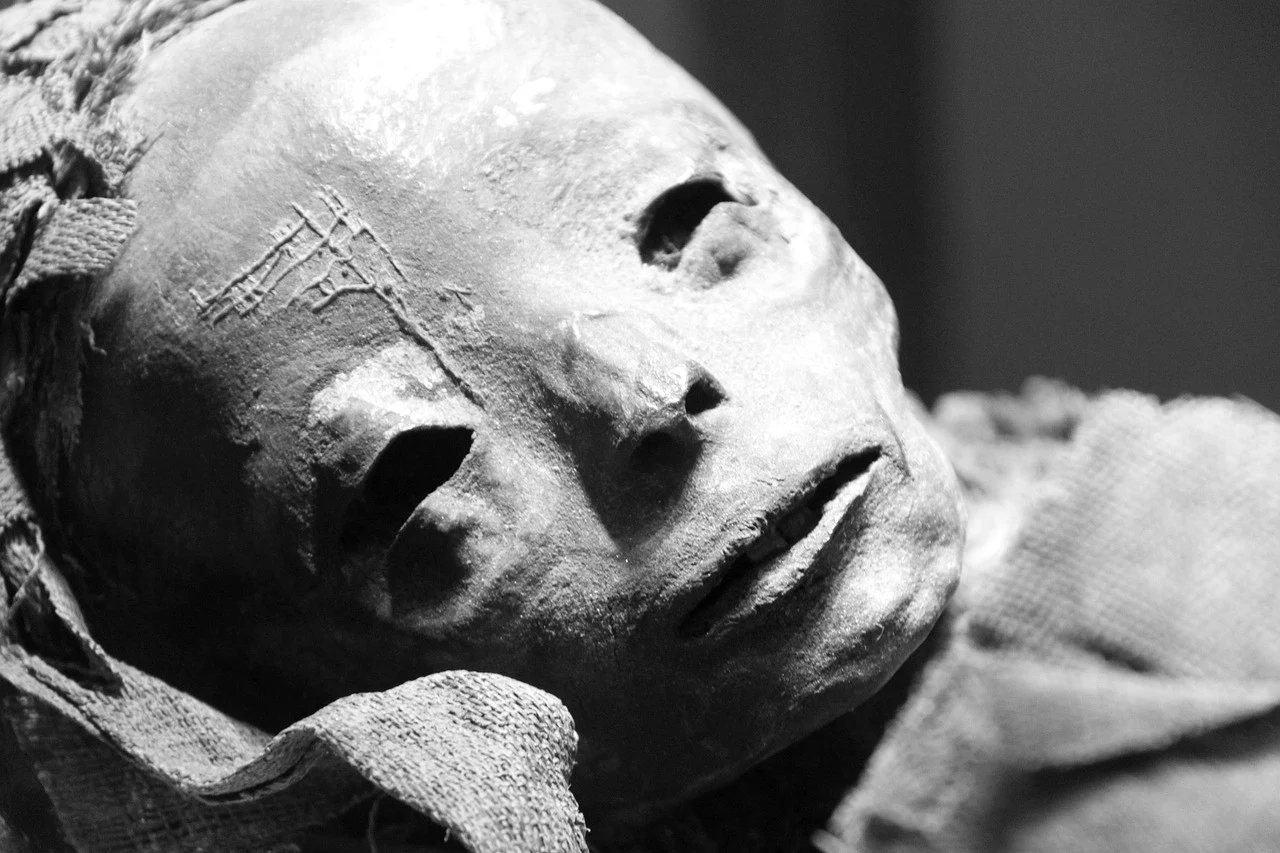Tutankhamun the god of war of ancient Thebes
Tutankhamun built many monuments part of which was the restoration of the city especially at Thebes and Karnak and dedicated temples to the god Amun. An inscription on the door of Tutankhamun tomb states that he spent his life making images of the gods Powerful advisors Horemheb and Ay recorded that the king appointed him king of the land a hereditary prince to uphold the law. The young king's ability in the third year of his reign the changes during the reign of his father Akhenaten the prohibition against the worship of Amun was lifted and the restoration of Amun to the priests was facilitated The city of Akhenaten was abandoned and the capital was moved back to Thebes. He ascended the throne in 1333 BC at the age of nine or ten. Akhenaten and his relations with other kingdoms where Tutankhamun sought to restore relations with other kingdoms and trade in Egypt
Tutankhamun was born representing the sun. Tutankhamun was born during the early period of the Akhanetean pharaonic religion of Egypt reviving the god Amun of Thebes The tomb was quickly forgotten under later structures until it was demolished during the decades of construction of the burial sites of his successors
The vault containing the gold treasures and the mummification The golden sculpture representing Tutankhamun See the time through the ancient rituals To the god Osiris the god Amun. Pharaoh Tutankhamun died less than a decade He had a relationship with his despised father The fate of Pharaoh Tutankhamun who was cut from the record of the Egyptian pharaohs Pharaoh Tutankhamun with the valuables that have been moved in the past decades With the collection of personal belongings of Pharaoh Tutankhamun under the Valley of the Kings
The shrine of the pharaoh Tutankhamun To the goddess facing each other. The gold carved geometric square box indicating the strength of the stone and wood inside containing four Canopic jars and the deceased and the afterlife The altar on the roof is made of gilded wood Four gods guard the golden shrine of the pharaoh Tutankhamun. The direction of the god Selket to face east in Tutankhamun's tomb. Nephthys should face south but changing direction who is in Osiris King Neb Keperu Re The contents of the Canopic shrine must be correctly oriented north south east and west
Jars inside the Canopic Chest Alabaster jars Four separate jars containing the mummified organs each protecting the separate organs Lids carved with sculptures of the four sons of Horus Inside the wooden shrine is a small alabaster divided into four compartments containing four golden fins for Tutankhamun's internal organs Magic engravings on the sarcophagus call upon the gods sons of Horus Isis the guardians who guard and protect the internal body designated on each side of the pharaoh's shrine Magic engravings Isis I close my arms over what is inside me protect the mesti that is inside me Mesti Osiris King Neb Keperu Re True voice before the great god And magic engravings Nephtis I embrace what is inside me with my arms I protect Hapi Osiris King Neb Keperu Re True voice before the great god
Four separate alabaster jars containing the organs removed for mummification.
Pharaoh Akhenaten and the transformation of Egyptian culture to worship new gods. Important changes occurred during Pharaoh Akhenaten's reign When Akhenaten died Tutankhamun of Egypt succeeded him as Pharaoh from his son Akhenaten and succeeded him as Pharaoh against the prejudice of trying to be removed from the Pharaoh of Egypt. When Akhenaten died Tutankhamun was only 9 years old. Early in his reign he was persuaded to revive the religion and traditions of Egypt following Pharaoh Akhenaten
craft human tutankhamun representation
The tomb of Pharaoh Tutankhamun a folding chair for military missions and body armor in battle and it seems that the cane was used to walk from the body of Pharaoh Tutankhamun in battles and military missions with Nubians and Asians in the battles with Nubians and Asians recorded in the mortuary temple of Thebes. Ritual bed of gold carved headboard with symbolic motif of the goddess Mehid, two female lions eyes made of clear quartz set at the foot of the bed painted with gesso carved in gilded wood. Ritual bed of Tutankhamun figure of two female lions. Mehid is an Egyptian lion goddess originating in ancient Nubia representing the goddess Sekmet
Lion-shaped ritual bed from Tutankhamun's tomb
Shield of Pharaoh Tutankhamun reinforced with the image of Pharaoh Tutankhamun carved as a sphinx The head of the sphinx of Pharaoh Tutankhamun wears a double crown headdress of Upper and Lower Egypt in the form of Nemes. The back of the shield is covered with beautiful calfskin The lower edge of the shield has the symbol of Foreign lands alternating with the symbols of two conquered nations with black bodies like Nubians Howard Carter wrote about the shield that was found that under the battle symbols on the body of Pharaoh Tutankhamun's sphinx the condition of the shield has been used from the past There are some scratches dents and bends from the original not much.
Shield of Pharaoh Tutankhamun
King Tutankhamun's giant golden chariot

.jpg)






.jpg)
.jpg)






